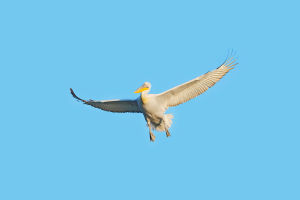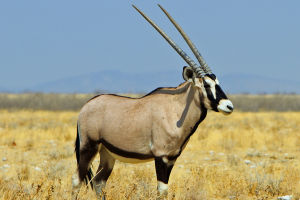American Kestrel
Hey Lykkers! Today, let’s delve into the fascinating world of the American kestrel, more commonly known as the American Kestrel.
This small yet powerful falcon is one of the most widespread birds of prey across the Americas, known for its sharp hunting skills and vivid coloration.
Vibrant Plumage and Compact Size
The American Kestrel, often admired for its striking appearance, features a colorful combination of slate blue, reddish-brown, and black spots on its wings and body. Males are typically smaller and more brightly colored than females, with blue-gray wings and a rusty tail adorned with a black tip. The females, on the other hand, display more subdued tones of brown and orange, which helps them blend better into their surroundings. Despite its small stature, weighing only about 100–120 grams, this bird of prey commands respect with its powerful talons and keen eyesight.
Habitat and Range
The American kestrel is highly adaptable and can be found in a wide range of habitats. From open fields, deserts, and grasslands to city parks and suburban areas, this bird is remarkably versatile. Its range spans from North to South America, making it the most widespread falcon on the continent.
Hunting and Diet
One of the most impressive aspects of the American Kestrel is its hunting prowess. Unlike larger birds of prey that rely on brute strength, this falcon uses agility, speed, and precision to capture its meals. The American kestrel typically feeds on insects, small mammals, birds, and even reptiles. Grasshoppers, crickets, and beetles make up the bulk of its diet, but it also hunts small rodents like mice and voles.
Role in the Ecosystem
The American kestrel plays a vital role in maintaining the balance of its ecosystem. By preying on insects and small mammals, it helps control pest populations, which can benefit agriculture and natural habitats. Its presence in urban areas also highlights its ability to coexist with humans, helping to keep rodent and insect populations in check in these environments.
Conservation Efforts
Despite being one of the most widespread raptors, the American Kestrel faces challenges that threaten its populations in certain areas. Habitat loss, pesticide use, and climate change are some of the key factors affecting kestrel numbers. Conservation groups are working to mitigate these threats through habitat restoration and the installation of nesting boxes in areas where natural nesting sites are scarce.
The Amerikinis Pelėsakalis, or American Kestrel, is a remarkable bird that combines beauty, agility, and fierce hunting skills. Its ability to thrive in diverse habitats, from rural fields to urban landscapes, makes it a true survivor in the avian world. As continue to learn more about this species and work to protect its habitats. Whether perched on a wire or hovering gracefully above an open field, this small falcon continues to captivate bird lovers and scientists alike.
American Kestrel hovering over river
Video by Scott Ramos


